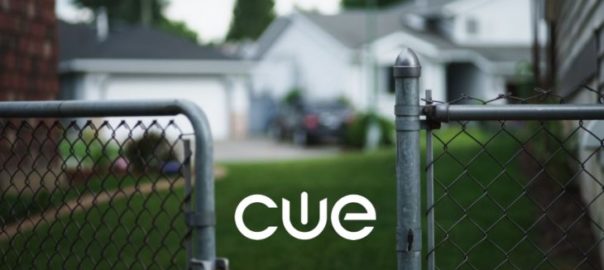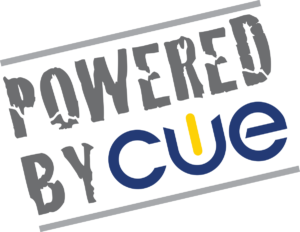You’ve seen the blog posts. You’ve read the Tweets. Heck, you may have even read the research. Well, what are you doing about it?
Choice in the classroom matters.
Are you finding ways to give your students choice?
Many of us work in traditional school settings, often large school districts that spend millions of dollars on adopted boxed curriculum. We are expected to use it. Often we feel there is no room to veer from the prescriptive path. “I’m no maverick,” you think. “I’m not like Mrs. Solo down the hall that doesn’t follow the rules. I want the best for my students, but I also respect my administration and want to be a team player.”
Remember, you can do both. It only takes tweaking. Little changes.
I am an English teacher. I teach other things, too, but I think like an English teacher. I can’t help it. When my district decided to adopt material to use at every grade level, I was optimistic. The curriculum was theme based and had tons of embedded writing. Always a plus for this bibliophile. The second unit was a study of dystopian literature. The curriculum offered two choices for whole class novel study: Fahrenheit 451 and The Giver. Now, I’m not sure if you’ve been paying attention to young adult fiction lately or even the many books that have been made into movies, but dystopian literature is one of the most popular genres out there. Kids (and adults) are devouring books like The Hunger Games, Divergent, The Maze Runner, Ready Player One. These stories are also making movie studios millions of dollars at the box office. To say dystopian literature is ubiquitous, might be an understatement. So, why would we limit our classroom readers to one forced book study? Why not give students a broader choice. A real choice.
That’s exactly what my colleague and I did. We divided our classrooms into smaller book clubs, let students explore different titles, then let each book club choose a novel. Since we didn’t have copies for all students, we asked that they find the books at libraries, or simply ask their parents to shell out the $4-$8 for the book. (That’s really just two Starbucks drinks, after all). For the few who still couldn’t get a book, I ended up purchasing. It was worth it to me.
The choice wasn’t even just about the book. Students also got to choose their book clubs. Being in a reading group with their friends made a huge impact on motivation to read. In my own (very unscientific) survey, 54% of my students responded that they enjoyed reading the same book as their group. Many claimed that’s what kept them on track. The peer connection kept them reading.
Daniel Pink writes that intrinsic motivation comes from three elements: autonomy, mastery and purpose. Autonomy is a sense that we are in control of our own destiny. Students need to feel they have some say, some choice in the decisions that affect their lives. Are we honoring that element?
As my favorite musician, Frank Turner sings, “The big things stay the same until we make little changes.” Start with something small. Let your students choose their seat. Let them choose their own research topic. Let them choose music for writing time. Make that little change of choice. No need to be a total maverick, just yet. We can work on that later.

